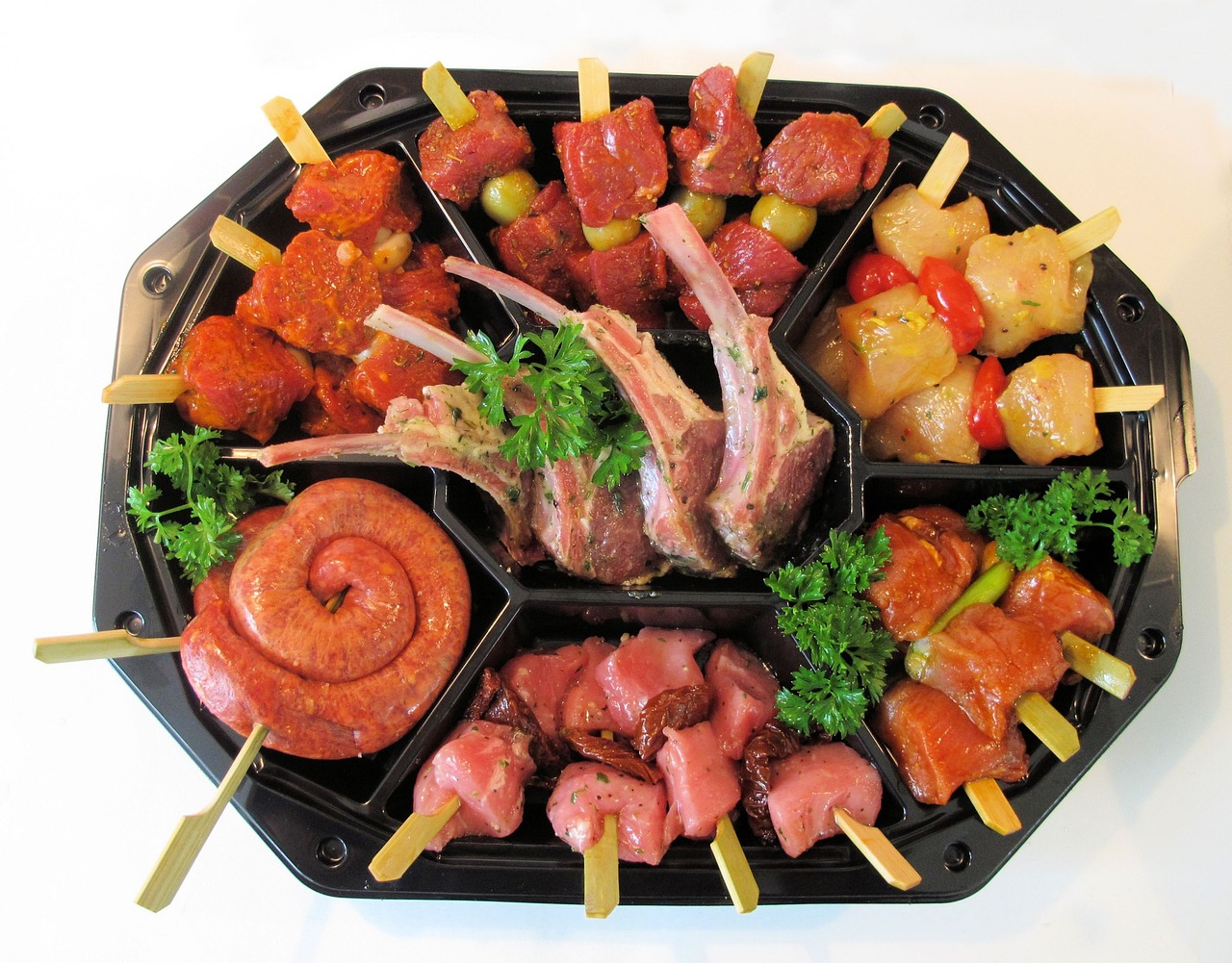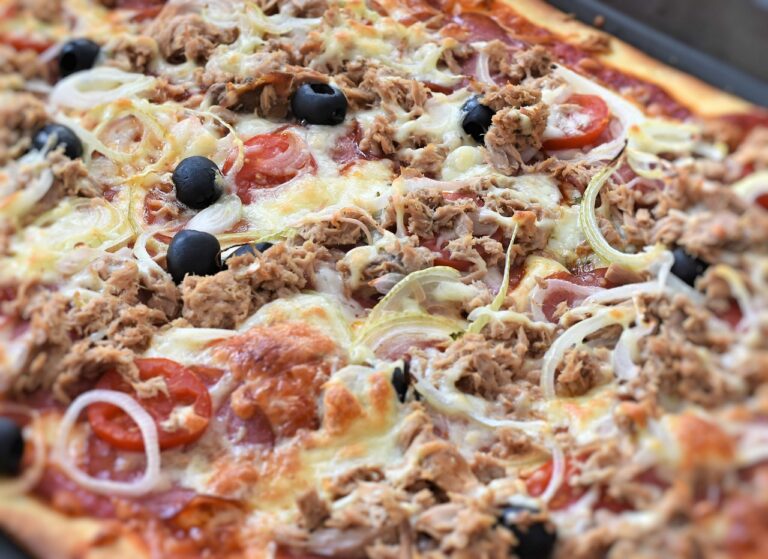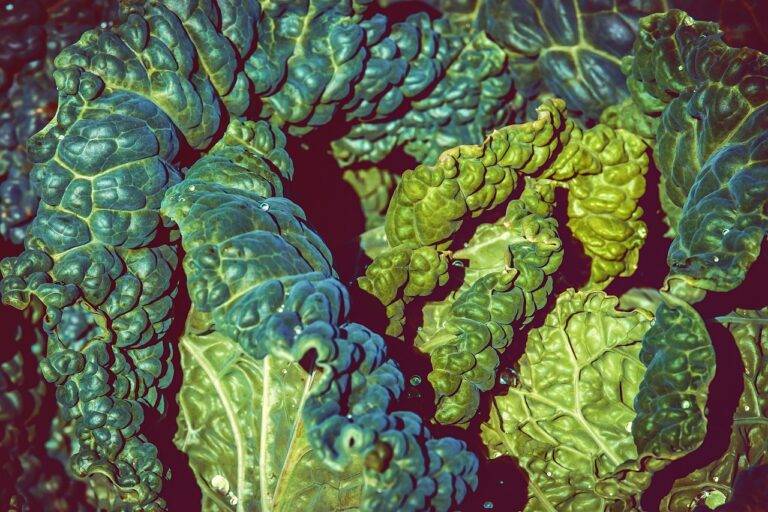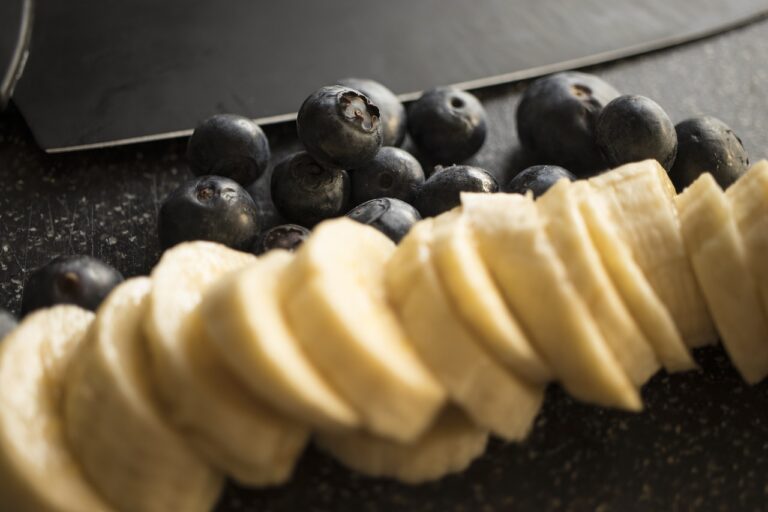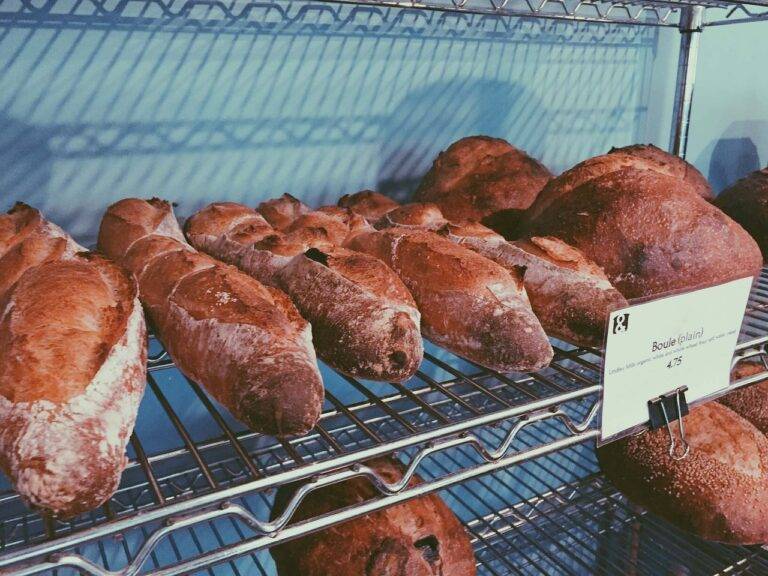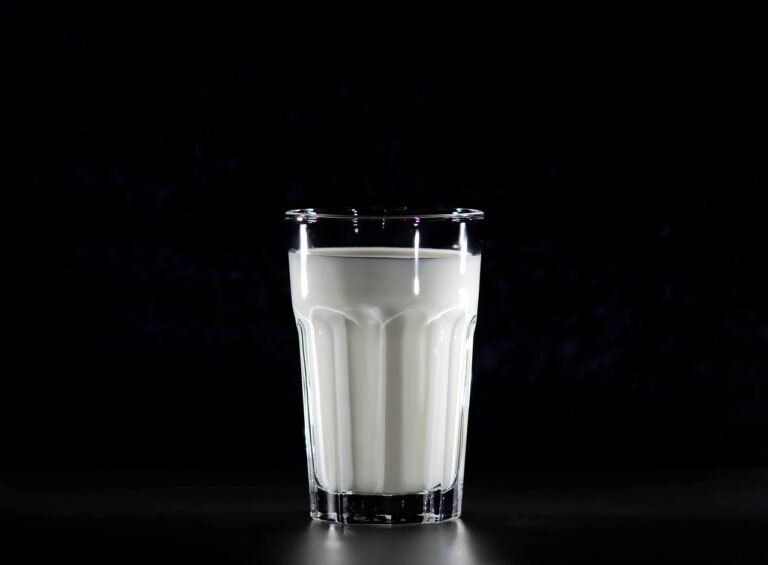Innovations in Poultry Health Monitoring: 11xplay reddy login password, Diamondexch9 id, Skyexchange id
11xplay reddy login password, diamondexch9 id, skyexchange id: Innovations in Poultry Health Monitoring
Poultry farming is a crucial part of the agriculture industry, providing a significant source of meat and eggs for human consumption. However, like all livestock, poultry are susceptible to various diseases that can impact their health and productivity. Monitoring the health of poultry is essential for maintaining a thriving flock and ensuring a sustainable supply of poultry products.
In recent years, advancements in technology and veterinary medicine have led to significant innovations in poultry health monitoring. These innovations have revolutionized the way farmers and veterinarians track, diagnose, and treat diseases in poultry. By leveraging these cutting-edge tools and techniques, poultry farmers can now better safeguard the health of their flocks and mitigate the risk of disease outbreaks.
In this article, we will explore some of the latest innovations in poultry health monitoring and how they are shaping the future of poultry farming.
Advancements in Diagnostics
One of the most significant innovations in poultry health monitoring is the development of advanced diagnostic tools. These tools enable farmers and veterinarians to quickly and accurately identify diseases in poultry, allowing for timely intervention and treatment.
One such innovation is the use of PCR (polymerase chain reaction) testing for the detection of pathogens in poultry. PCR testing is a highly sensitive and specific molecular technique that can identify the presence of infectious agents, such as viruses and bacteria, in poultry samples. This technology has revolutionized disease diagnosis in poultry, allowing for rapid and precise identification of pathogens.
Another innovative diagnostic tool is the use of ELISA (enzyme-linked immunosorbent assay) testing for the detection of antibodies in poultry. ELISA testing can provide valuable information about the immune response of poultry to specific pathogens, helping veterinarians assess the health status of a flock and monitor the effectiveness of vaccination programs.
Remote Monitoring Solutions
In recent years, remote monitoring solutions have emerged as a game-changer in poultry health monitoring. These technologies allow farmers to track the health and performance of their flock in real-time, even from a distance.
One example of a remote monitoring solution is the use of IoT (Internet of Things) devices in poultry farming. These devices can be attached to individual birds or placed in the poultry house to collect data on vital metrics such as temperature, humidity, and air quality. Farmers can access this data through a mobile app or web portal, enabling them to monitor the health and well-being of their flock remotely.
Another innovative remote monitoring solution is the use of drones for aerial surveillance of poultry farms. Drones equipped with cameras and sensors can provide farmers with valuable insights into the health and behavior of their flock, helping them identify potential issues early and take proactive measures to prevent disease outbreaks.
AI-powered Analytics
Artificial intelligence (AI) has also made significant strides in poultry health monitoring, with the development of AI-powered analytics tools that can analyze large volumes of data to identify patterns and trends related to poultry health.
AI algorithms can process data from various sources, such as diagnostic tests, remote monitoring devices, and environmental sensors, to generate insights into the health status of a flock. These insights can help farmers and veterinarians make informed decisions about disease management strategies and preventive measures.
For example, AI algorithms can analyze temperature and humidity data from IoT devices to detect patterns that may indicate the presence of a disease outbreak in the poultry house. By identifying these patterns early, farmers can implement targeted interventions to control the spread of the disease and minimize its impact on the flock.
Robotics and Automation
Robotics and automation technologies are also revolutionizing poultry health monitoring by providing farmers with efficient and accurate solutions for managing their flock.
One innovative application of robotics in poultry farming is the use of autonomous robot systems for the collection of samples and specimens from poultry. These robots can navigate the poultry house, collect samples from individual birds, and transport them to the laboratory for analysis, reducing the need for manual handling and minimizing the risk of cross-contamination.
Automation technologies, such as automated feeders and waterers, can also play a vital role in poultry health monitoring by ensuring that birds receive the necessary nutrients and hydration to support their immune system and overall health. These technologies can help farmers optimize the feeding and watering process, prevent foodborne illnesses, and promote the well-being of their flock.
Integration of Data Analytics
The integration of data analytics platforms is another key innovation in poultry health monitoring that is helping farmers leverage the power of data to make informed decisions about disease prevention and control.
Data analytics platforms can aggregate and analyze data from multiple sources, such as diagnostic tests, remote monitoring devices, and environmental sensors, to provide farmers with a comprehensive view of the health status of their flock. These platforms can generate real-time alerts and recommendations based on patterns and trends in the data, enabling farmers to take timely action to protect their flock from diseases.
Furthermore, data analytics platforms can help farmers track the effectiveness of disease management interventions and vaccination programs over time, enabling them to refine their strategies and improve the overall health of their flock.
Innovations in Poultry Health Monitoring: FAQs
Q: How can poultry farmers benefit from remote monitoring solutions?
A: Remote monitoring solutions allow poultry farmers to track the health and performance of their flock in real-time, even from a distance. By leveraging IoT devices, drones, and other technologies, farmers can monitor vital metrics such as temperature, humidity, and air quality, enabling them to identify potential issues early and take proactive measures to prevent disease outbreaks.
Q: What are some of the advantages of AI-powered analytics in poultry health monitoring?
A: AI-powered analytics can analyze large volumes of data from various sources to identify patterns and trends related to poultry health. By processing data from diagnostic tests, remote monitoring devices, and environmental sensors, AI algorithms can generate insights that help farmers make informed decisions about disease management strategies and preventive measures.
Q: How are robotics and automation technologies transforming poultry health monitoring?
A: Robotics and automation technologies are providing farmers with efficient and accurate solutions for managing their flock. Autonomous robots can collect samples and specimens from poultry, while automated feeders and waterers ensure that birds receive the necessary nutrients and hydration to support their immune system and overall health.
In conclusion, innovations in poultry health monitoring are revolutionizing the way farmers and veterinarians track, diagnose, and treat diseases in poultry. By leveraging advanced diagnostic tools, remote monitoring solutions, AI-powered analytics, robotics, and automation technologies, poultry farmers can now better safeguard the health of their flocks and ensure a sustainable supply of poultry products. These innovations represent a significant step forward in the field of poultry health monitoring and are shaping the future of poultry farming.

